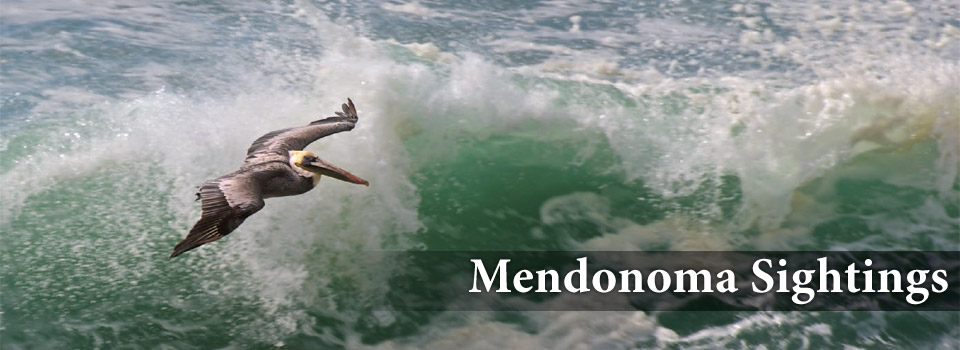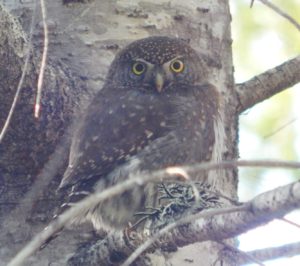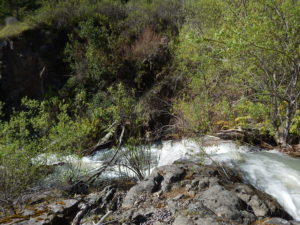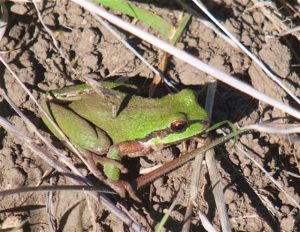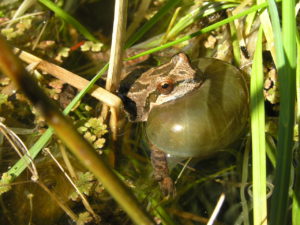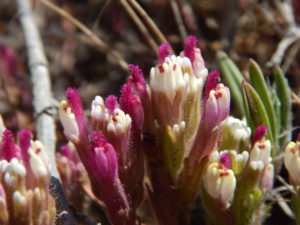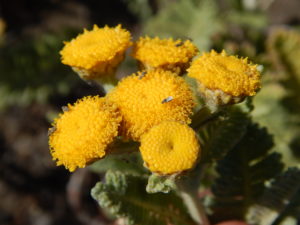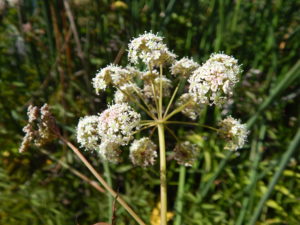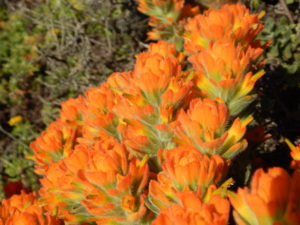This Bobcat was actually seen in Marin county, but I wanted to share it here because we don't often get looks at juvenile Bobcats.
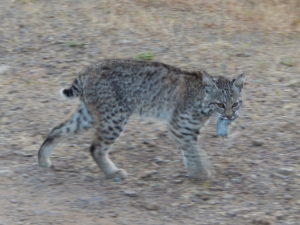
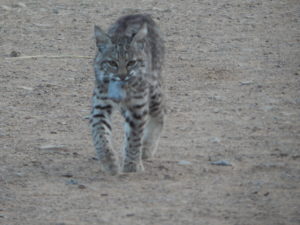 You can see this young Bobcat is a successful hunter, as he/she has a vole for its dinner. Peter said the Bobcat didn't seem to be wary of him.
You can see this young Bobcat is a successful hunter, as he/she has a vole for its dinner. Peter said the Bobcat didn't seem to be wary of him.
Fun Fact: Every Bobcat coat is unique, just like our fingerprints.
Thanks to Peter for allowing me to share his photos with you here.
